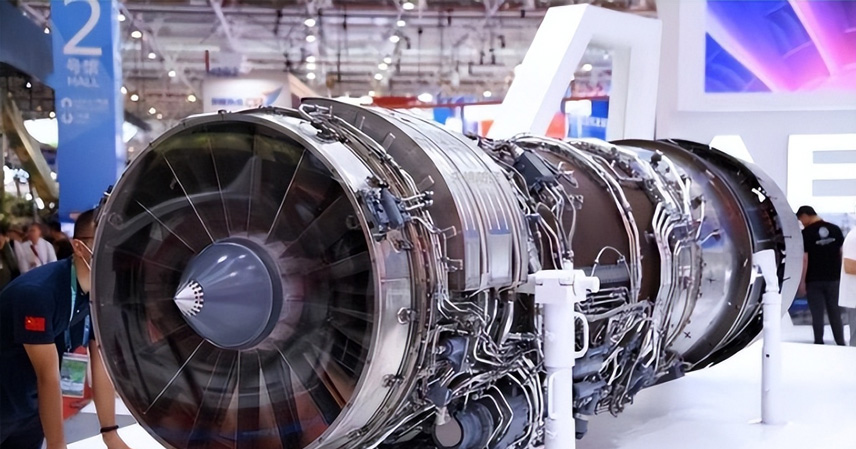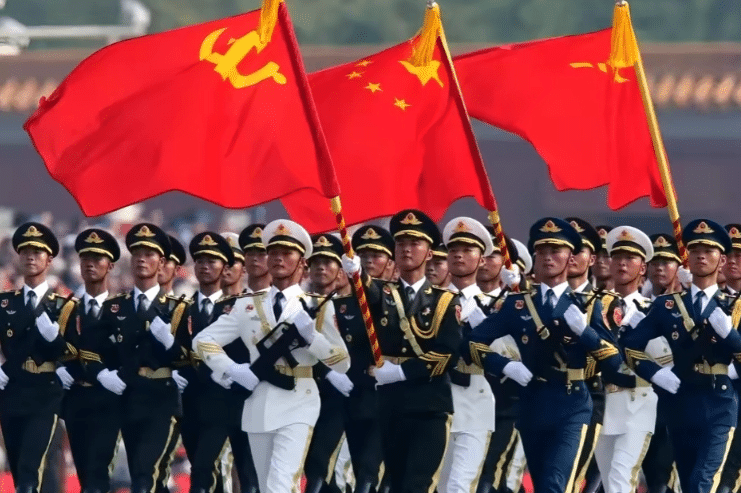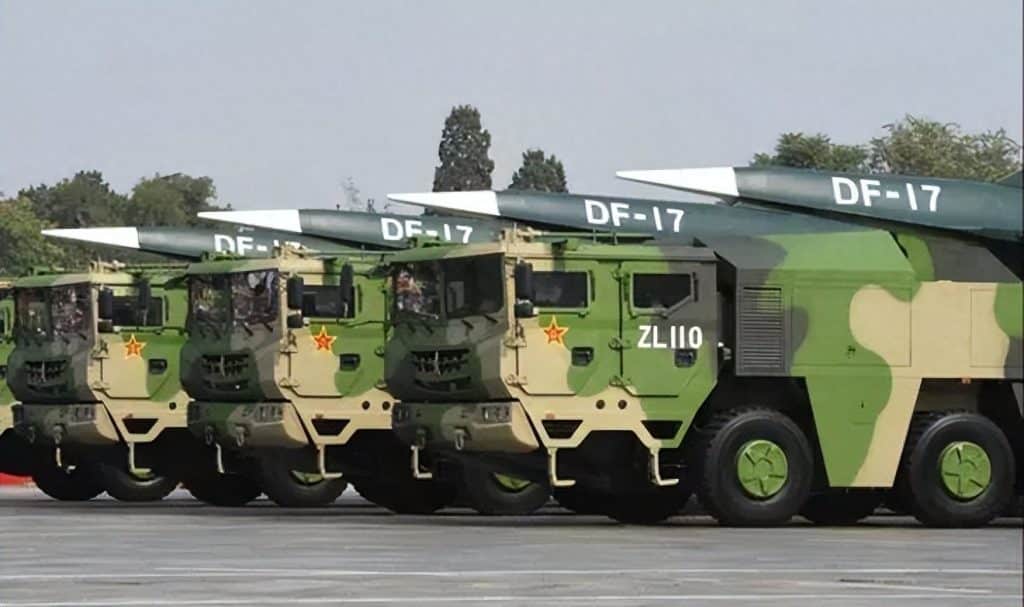At the Beijing Xiangshan Forum in September, former U.S. defense official Chas Freeman bluntly warned: China and the U.S. must never go to war. His remarks came shortly after reports that China’s J-20 stealth fighters appeared over East Asia—while U.S. and Japanese radar systems collectively “went blind.”
This sequence of events has fueled speculation: is Washington’s sudden diplomatic outreach a result of technical vulnerability, or a strategic recalibration?
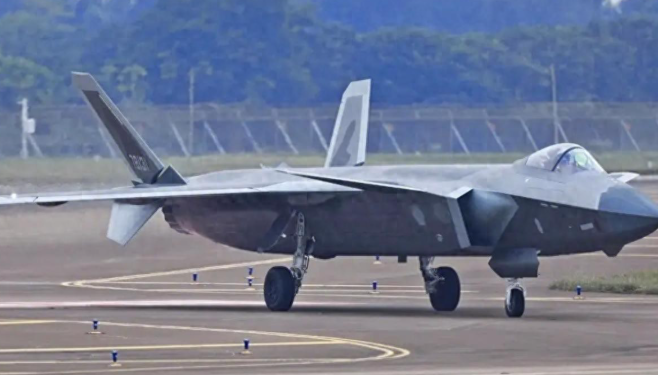
Invisible Threat: Why J-20 Escapes Radar
The J-20’s stealth is no science fiction trick—it’s built on meticulous engineering. Advanced radar-absorbing composite materials, coupled with a carefully designed fuselage featuring canards, strakes, and angular lines, scatter residual radar waves.
According to internal assessments, the J-20’s radar cross-section (RCS) is even smaller than a bird—surpassing the F-22 and F-35. Reports suggest J-20 formations flew through the Tsushima Strait, within 300 km of U.S.-Japan bases, without triggering radar alarms.
Taiwan’s frequent air patrol bulletins also curiously omit the J-20, underscoring its near-undetectability. Even U.S. Air Force Secretary Frank Kendall admitted that in encounters, F-35s failed to lock onto the J-20—while the Chinese fighter detected and evaded them first. In aerial combat, that first-move advantage often decides victory.
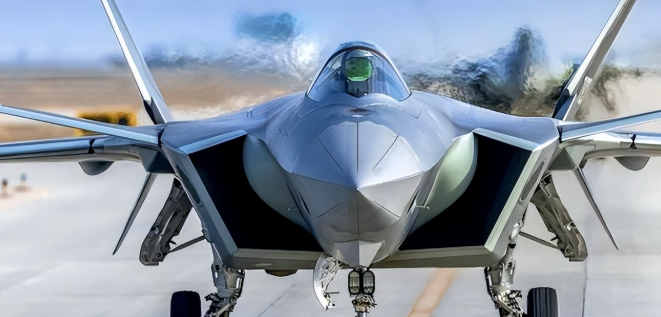
Beyond Stealth: A System-of-Systems Weapon
The J-20 is not only invisible—it is also a command hub. Equipped with the domestic WS-15 engine, it achieves supercruise without afterburners, reducing heat signatures while sustaining supersonic flight.
More importantly, the J-20 can coordinate with unmanned “loyal wingman” drones. In the 2025 Zhuhai exercise, a twin-seat J-20S led drone swarms in simulated strikes against enemy radar networks—destroying targets in under five minutes.
This turns the J-20 from a lone fighter into the centerpiece of a networked combat system, integrated with Beidou navigation, AEW&C aircraft, and electronic warfare platforms. In U.S. wargames, such capabilities threaten to disable communications and command before adversaries can respond.
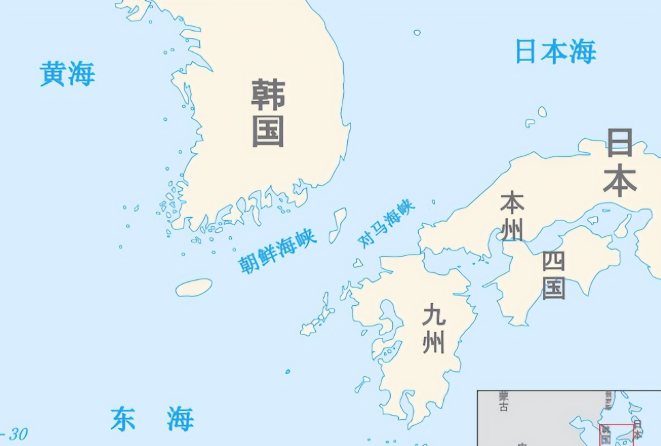
Strategic Anxiety in Washington
The Pentagon has admitted in reports that current anti-stealth detection systems capture less than 10% of J-20 activity. For U.S. bases in the first island chain, this creates a chilling scenario: they could be neutralized before forces even take off.
Meanwhile, Washington has poured billions annually into its “Pacific Deterrence Initiative,” only to find the J-20 undermining its assumptions of air dominance. Freeman’s Xiangshan remarks—calling for crisis management and avoiding miscalculation—reflect this sobering reality.
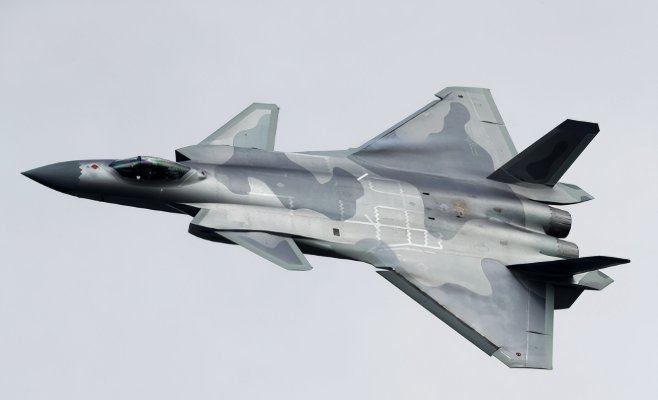
Conclusion: Peace Through Costly Deterrence
The J-20 is more than a fighter—it is China’s statement that it has moved from follower to leader in aviation technology. From stealth engineering to system integration, the jet signals both capability and resolve.
Its existence forces adversaries to rethink confrontation. War is not fought only by weapons—it is calculated by costs. As the balance tilts, the J-20 ensures that the cost of aggression far outweighs the benefits, giving China confidence and giving rivals reason to pause.
References
- Xinhua – Coverage of Xiangshan Forum statements
- Jane’s Defence Weekly – Analysis of J-20 stealth and avionics
- RAND Corporation – Wargame reports on East Asia airpower balance
- Global Times – Reports on Zhuhai Airshow 2025 drone exercises

